New color
Court Pants
Men – Performance tennis, lightweight, iridescent fabric
3 Colors
¥14,300
It’s simple: mastering your forehand is key to elevating your tennis game. Tennis pro Flavio Cobolli shares five simple steps to improve your technique.

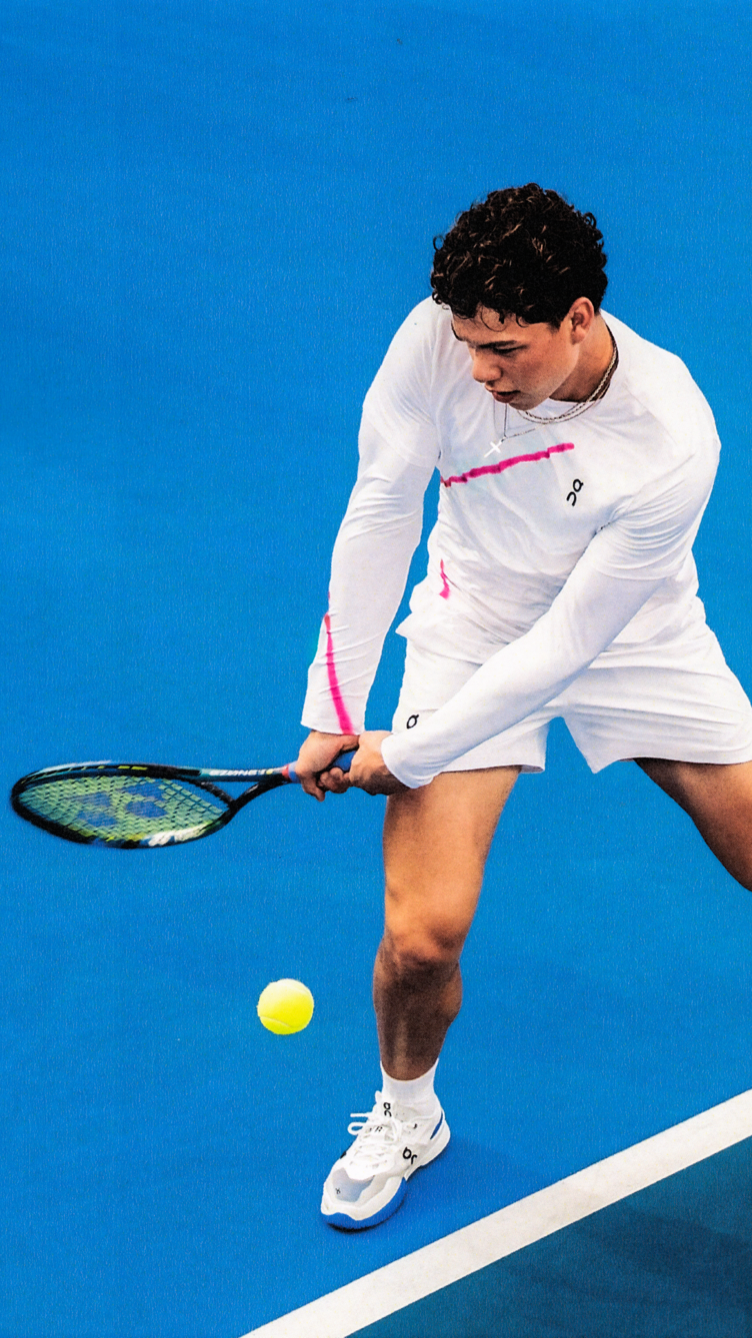
It started with the swing. In the 2024 Mubadala Citi DC Open, two On tennis players went head-to-head in the semifinals: Flavio Cobolli versus second-ranked Ben Shelton, one of the strongest servers on tour. With Shelton setting the pace through his powerful serves, Cobolli needed more than just quick reflexes to stay in the match.
His solution? A precise, well-timed forehand. By balancing technique, power and shot placement, Cobolli neutralized Shelton’s serve, held his own in the rallies and secured his place in the finals.
If you’re new to tennis, it’s unlikely you will face 150 mph serves anytime soon, but the lesson remains the same: a solid forehand helps you stay in the point, and play with confidence. In this guide, we’ll break down step-by-step instructions to help you develop a forehand that feels natural, fluid and effective – just like the pros.
“The forehand is the easiest shot to learn, but it’s still very difficult if you’ve never played tennis,” says Cobolli. Your grip is the foundation of a great forehand – it shapes how much spin, power and control you have over the ball. Find the right one, and your forehand will feel smooth and natural.
- Eastern grip: Cobolli recommends the Eastern grip for beginners since it allows for a balanced mix of power and control. Hold the racket like a handshake to hit flat, drive-through shots. It's simple to learn but doesn’t generate as much topspin as advanced grips.
- Continental grip: This classic grip is often used for serves, volleys, and slices. To find it, place the base knuckle of your index finger on the second bevel of the racket handle – similar to holding a hammer. While great for versatility, it’s less common for modern forehands since it doesn’t generate the topspin needed for today’s fast-paced game.
- Semi-western grip: A modern favorite. Place your base knuckle on the fourth bevel, with your hand slightly under the handle. This grip naturally adds topspin, helping you clear the net while keeping shots in play. It’s especially effective on clay and hard courts.
- Full-western grip: The go-to for maximum topspin. Place your base knuckle on the fifth bevel, with your hand almost fully under the handle. Ideal for baseline players who rely on spin and high net clearance.
Your grip should match your playing style – flat hitters often prefer the Eastern, while spin-heavy players lean toward the Semi-Western or Western. Try them out and see what feels right for you.
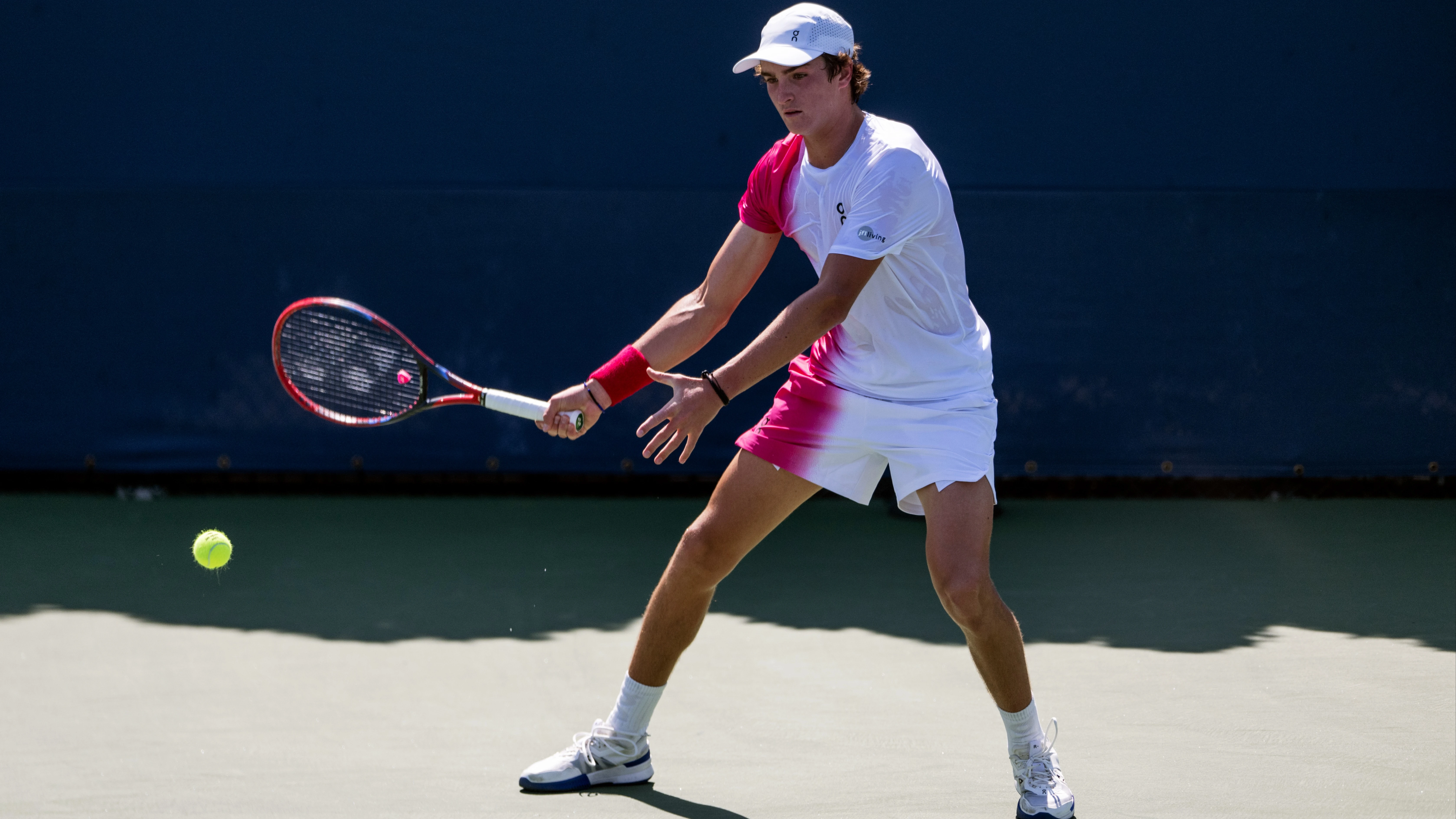

A strong stance gives you power and control in your forehand. Set yourself up for success with a solid ready position:
Start in an athletic stance. Bend your knees slightly with feet shoulder-width apart, and put weight on the balls of your feet. This keeps you light and ready to react.
Use a split step as your opponent strikes the ball and a small hop that resets your balance, helping you move quickly in a new direction.
Adjust your stance while moving towards the ball. Most players use either an open stance (feet parallel to the baseline) for quicker recovery, or a neutral stance (side-on, front foot pointing at the net) for added stability.
Shift your weight for power. In a neutral stance, start with weight on your back foot, then push forward. In an open stance, rotate your hips and shoulders to drive the shot.
Stay low. Bend your knees and use a grounded position to improve balance and power. Avoid standing too upright, which can throw off timing.
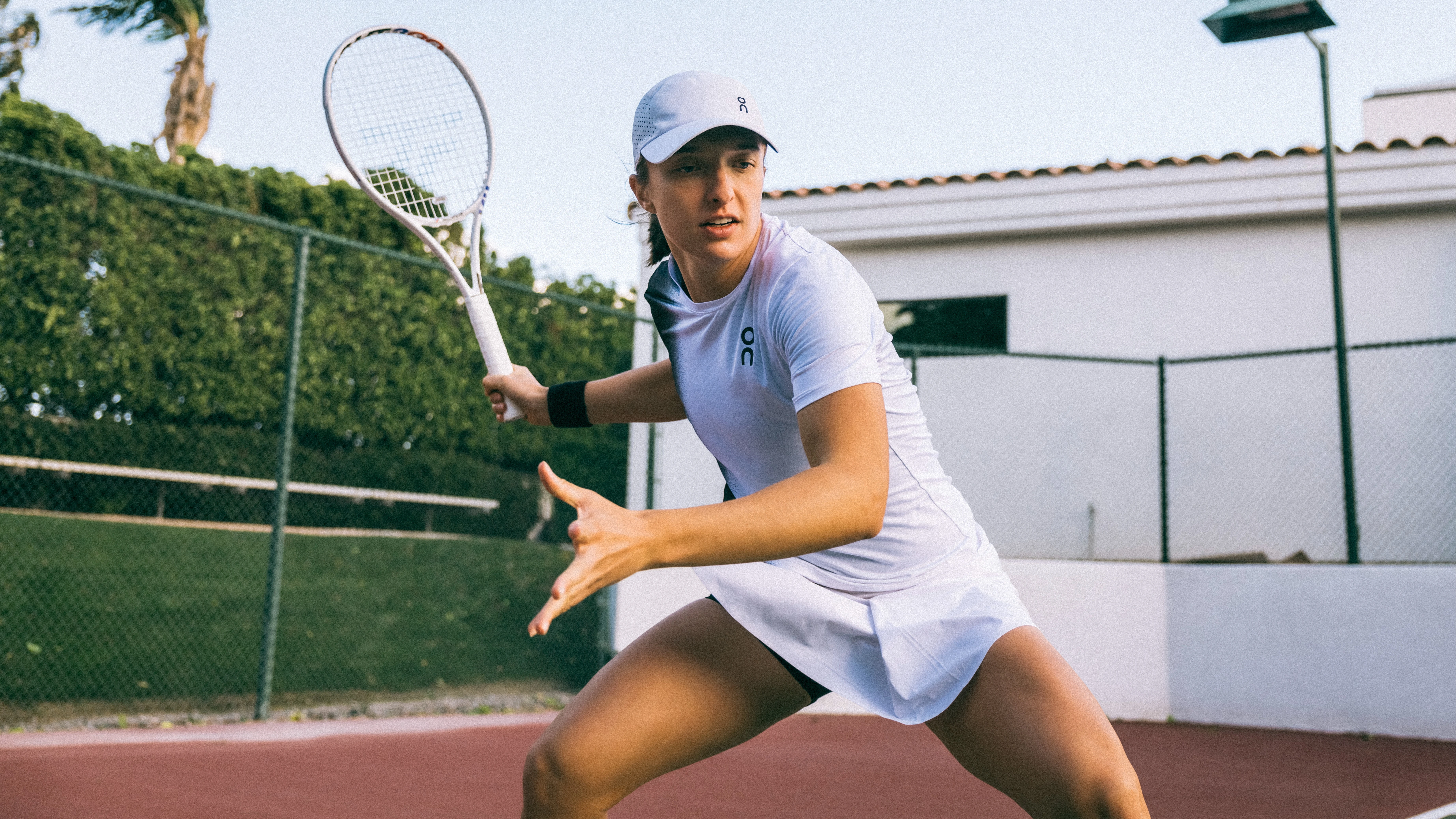

Prepare early to set yourself up for a smooth, powerful shot. Think of it as pulling back a slingshot – the better the setup, the better the shot.
Turn your shoulders and hips: Your first move isn’t with your arm. As soon as you see the ball coming, rotate your shoulders and hips sideways.
Take the racket back: Use your non-dominant hand to guide the racket for stability while keeping your arm relaxed.
Keep it compact and controlled: Aim for a medium-sized backswing that balances power but not so large that it slows you down. Keep the racket head below your shoulders and position at a slight angle so you’re ready to swing forward smoothly.
A good backswing should feel natural, not forced. The smoother your preparation, the easier it is to time your shot and hit clean, powerful forehands.
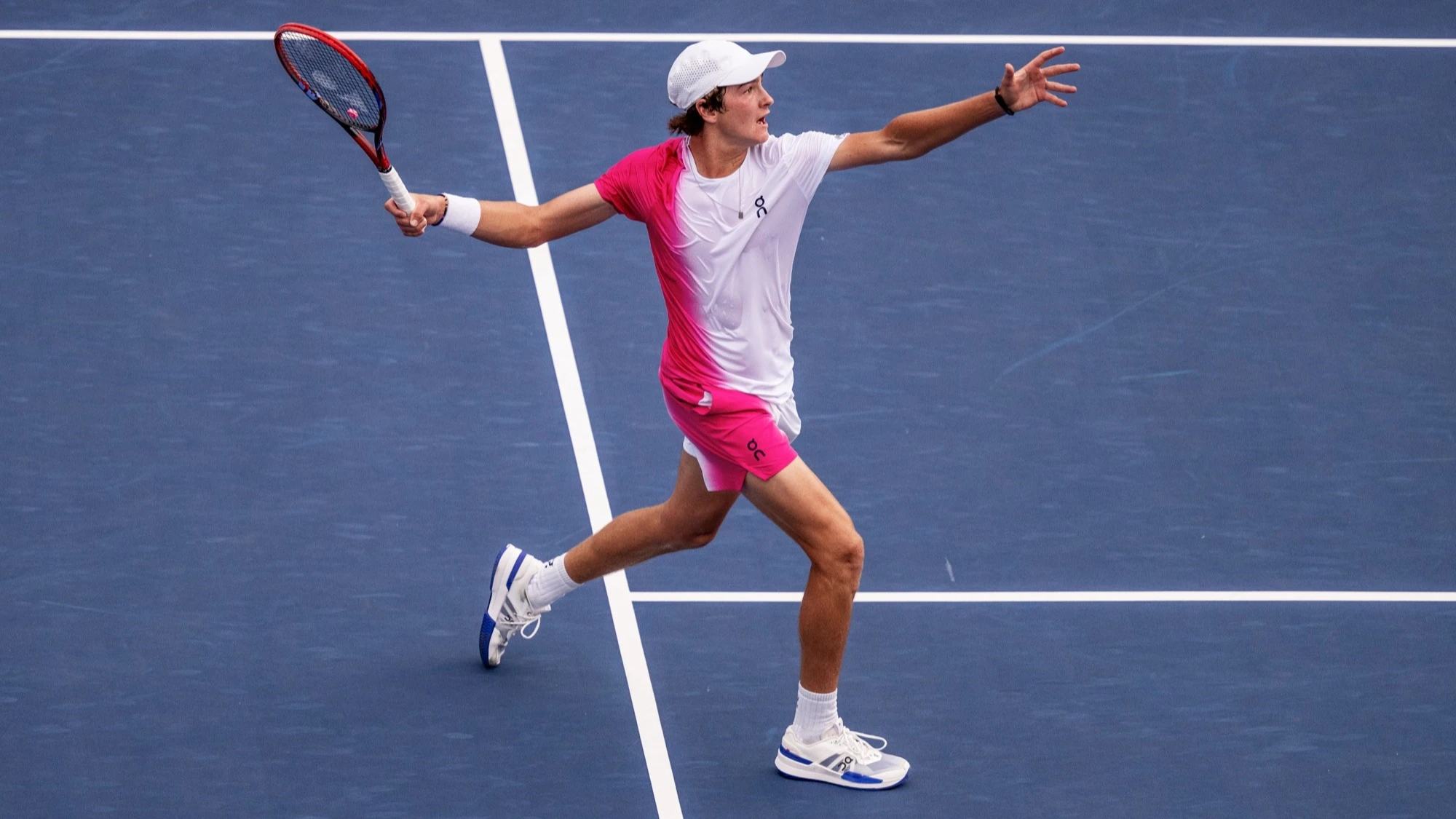

If you try to rush your forehand, you’ll lose control. If you’re too slow, you won’t generate enough power. But if you get the mechanics right, you’ll have perfectly timed and fluid acceleration.
Initiating the swing: After completing your backswing, start slow and gradually accelerate through contact. The power of your swing comes from your legs and core, not just your arm.
Arm rotation: As you swing forward, your hand naturally rotates, turning your palm outward at the finish. This pronation adds topspin and helps prevent the ball from sailing long.
Contact point: For most forehands, aim to make contact out in front of your body and slightly to the side, around hip height. Hitting the ball too close or too far behind you limits your power and angles.
Follow-through: After contact, continue the swing naturally across your body. For topspin forehands, the racket should finish over your shoulder or even around your opposite shoulder.
Think of it as a chain reaction – each part of the forehand swing leads into the next. With the right timing, proper hand rotation and controlled acceleration, you’ll hit powerful and consistent shots.
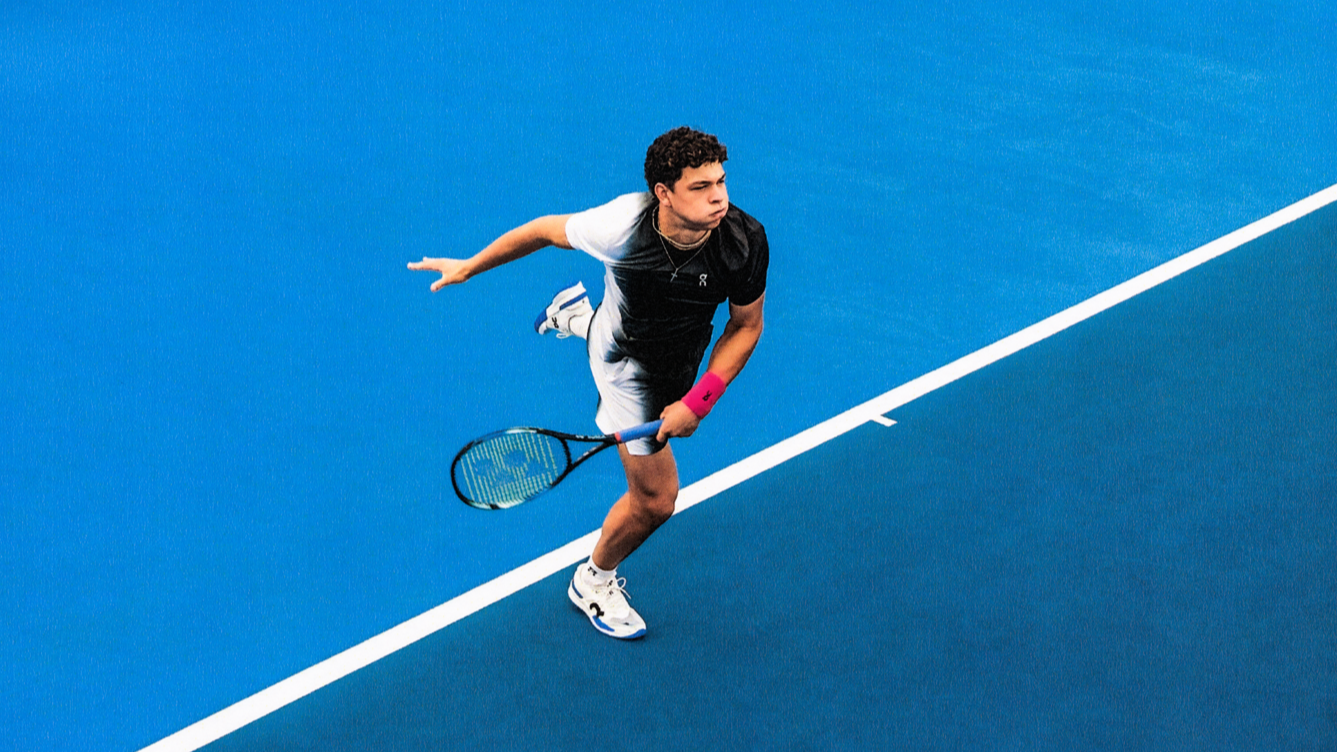

Finishing your forehand is just as important as the swing itself. A full, smooth follow-through not only helps with consistency and control, but also sets you up for your next shot. Keep your core engaged, avoid leaning too far forward or backward, and keep your feet grounded but relaxed as you finish the swing.
Recover quickly by staying light on the balls of your feet. Small, quick recovery steps will help you get ready for the next shot, whether it’s moving forward, sideways or back. Think of your forehand as a complete cycle: hit, finish and recover. The better your finish, the faster you’ll be ready for your next move.
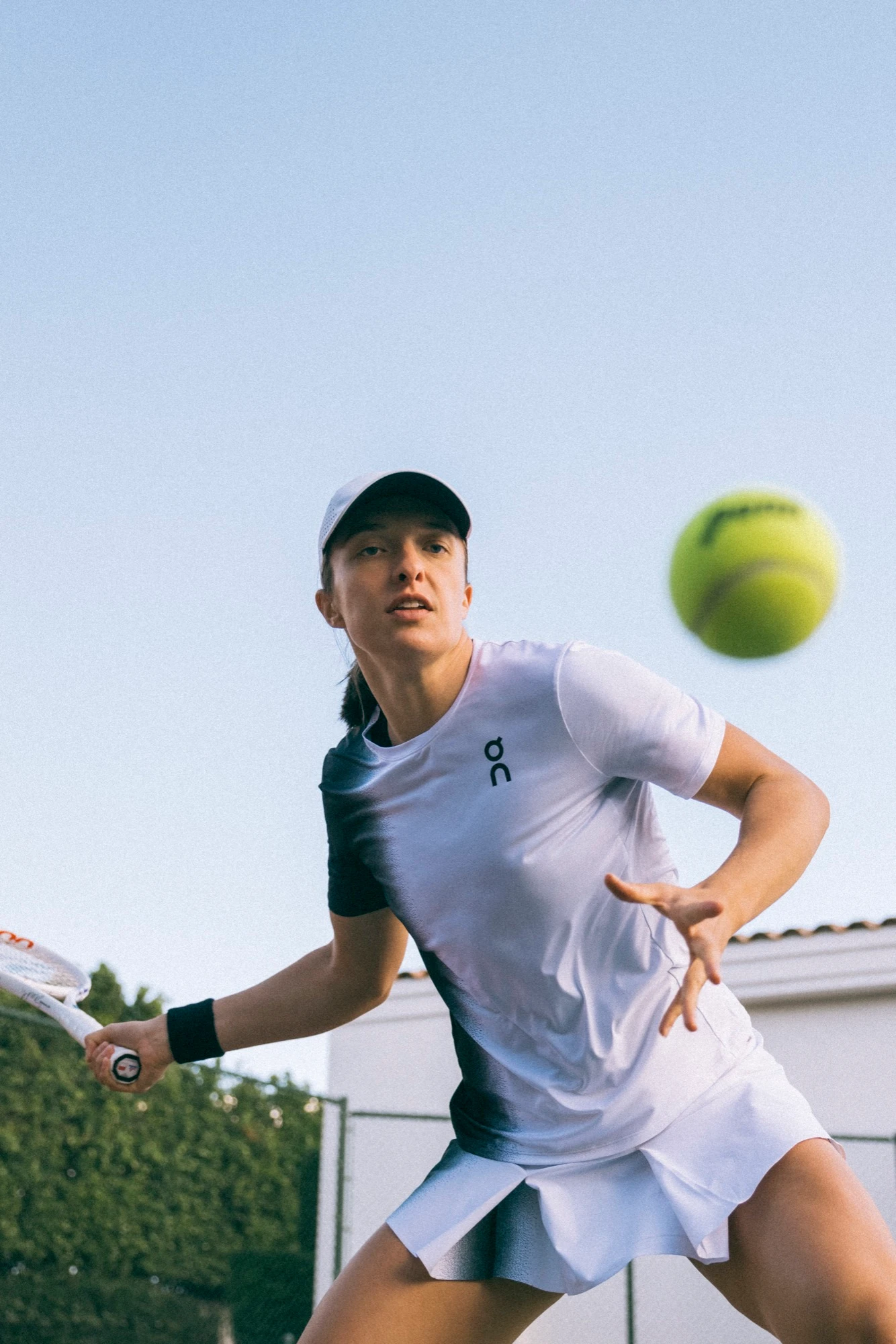

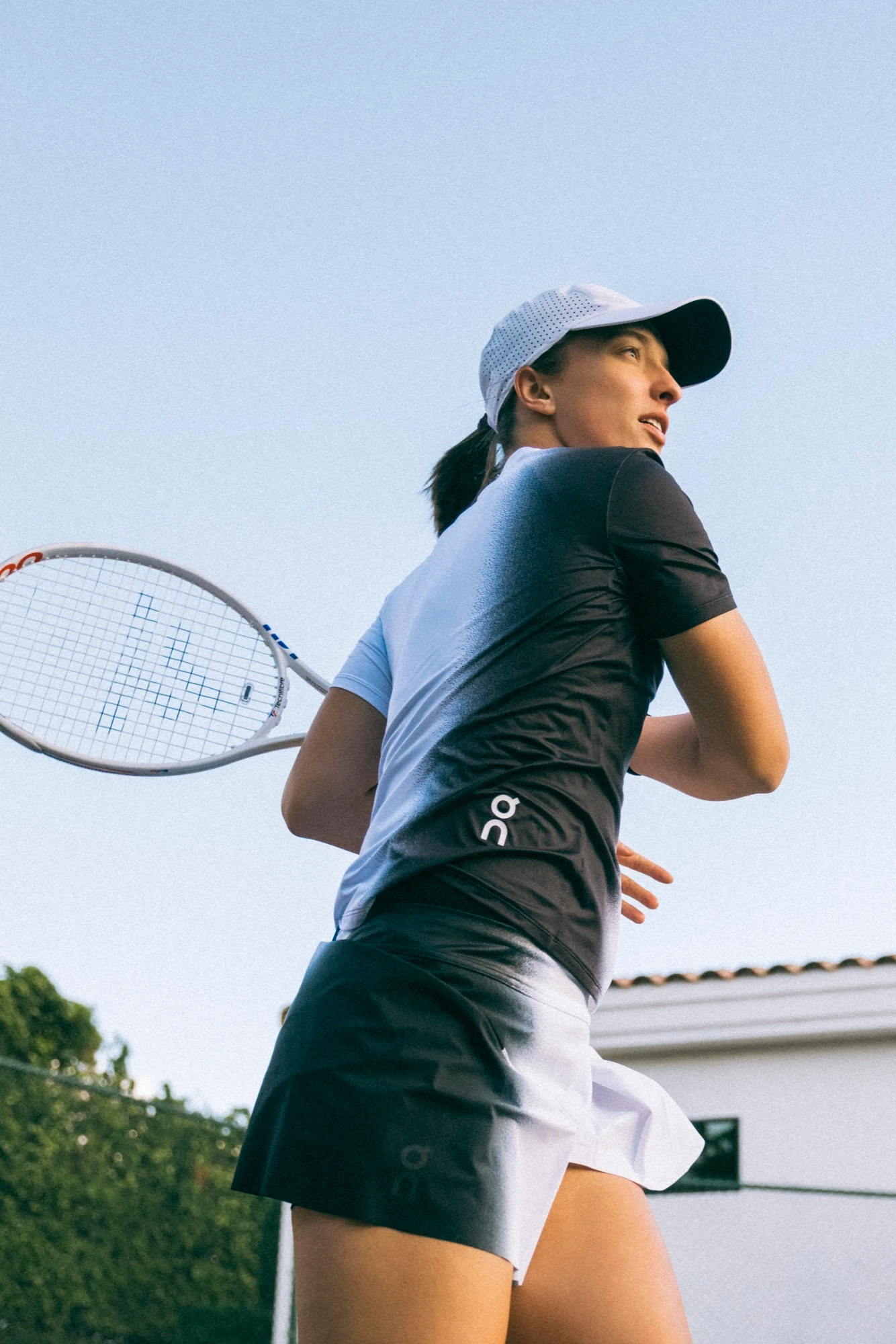

Even the best players make mistakes. Here are some common forehand errors and and their fixes to help you hit more effective shots:
- Hitting the ball too early or late: Hitting too early can cause the racket face to close, sending the ball into the net or producing weak shots. Hitting too late may cause the racket face to open and lead to off-target or long shots. Focus on tracking the ball and establishing a consistent contact point in front of your body. Practice timing with a ball machine or partner.
- Using too much wrist or arm: Over-relying on wrist and arm movement can lead to inconsistent shots and injury. Focus on a smooth, fluid swing powered by your larger muscle groups. Keep your wrist firm yet relaxed, allowing it to naturally roll over, rather than flick. Let your legs and core generate power, with your body acting like a coiled spring that unravels into the shot.
- Poor footwork: Standing flat-footed or not adjusting your feet makes it harder to reach the ball and leads to off-balance shots. Practice footwork drills to improve your positioning and adjust quickly. Focus on small, quick steps to stay in sync with the ball’s trajectory.
Mastering your forehand is a key step toward becoming a stronger tennis player. To elevate your game, refine your serve, sharpen your backhand and stay mentally sharp to maintain quickness and balance on the court.